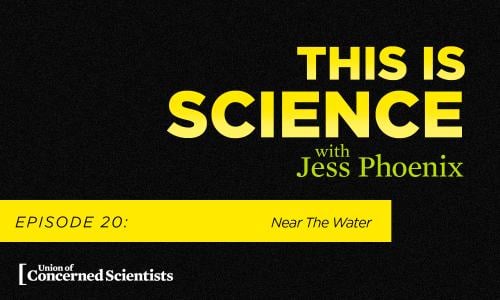The Clean Air Act—whose basic structure was established in 1970, and then amended in 1977 and 1990—is a United States federal law designed to protect human health and the environment from the effects of air pollution.
Under the Clean Air Act, the Environmental Protection Agency (EPA) is required to regulate emission of pollutants that "endanger public health and welfare." State and local governments also monitor and enforce Clean Air Act regulations, with oversight by the EPA.
This legislation has a 40-year track record of cutting dangerous pollution and has prevented more than 400,000 premature deaths and hundreds of millions of cases of respiratory and cardiovascular disease.
The Clean Air Act has helped:
- cut ground-level ozone, a dangerous component of smog, by more than 25 percent since 1980;
- reduce mercury emissions by 45 percent since 1990;
- reduce the main pollutants that contribute to acid rain, sulfur dioxide and nitrogen dioxide, by 71 percent and 46 percent, respectively since 1980;
- phase out the production and use of chemicals that contribute to the hole in the ozone layer; and
- reduce the lead content in gasoline, which has cut lead air pollution by 92 percent since 1980.
The Clean Air Act Spurs Innovation, and Creates Jobs
Clean Air Act regulations have spurred industries to develop and adopt cutting-edge solutions to reduce pollution from power plants, factories, and cars, and, in the process, create new jobs and strengthen our economy.
In Understanding the Clean Air Act, the EPA notes that the air pollution improvements that have been realized since 1970 occurred during a time in which U.S. gross national product tripled, energy consumption increased by 50 percent, and vehicle use increased by 50 percent.
Global warming emissions, the endangerment finding, and the Clean Air Act
In 2007, the U.S. Supreme Court ruled that global warming emissions are air pollutants and would be subject to EPA regulation under the Clean Air Act if a thorough scientific investigation showed that they endanger the public’s health and welfare.
In 2009, the EPA released its scientific findings, concluding that global warming emissions presented a danger to public health (known as the “endangerment finding”). Citing extensive scientific research, the EPA found that global warming pollution is connected with:
- hotter, longer heat waves that threaten the health of the sick, poor, and elderly;
- increases in ground-level ozone pollution, linked to asthma and other respiratory illnesses; and
- extreme weather events that can lead to deaths, injuries, and stress-related illnesses.
The EPA is now required to reduce global warming emissions under the Clean Air Act because they endanger public health. The agency has started to move forward to reduce global warming pollution from power plants, cars, trucks, and other large industrial polluters.
Attacks on the Clean Air Act
Adding global warming to the emissions limited by the Clean Air Act has caused considerable controversy. Numerous attempts are being made in the U.S. Congress and fossil fuel industries to stop or limit the EPA from acting on its findings (see Attack on the Clean Air Act).



